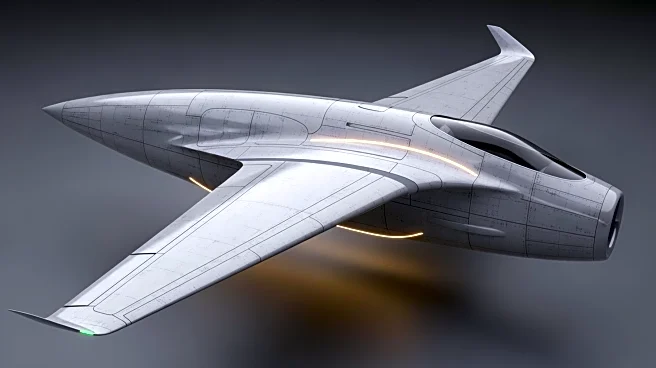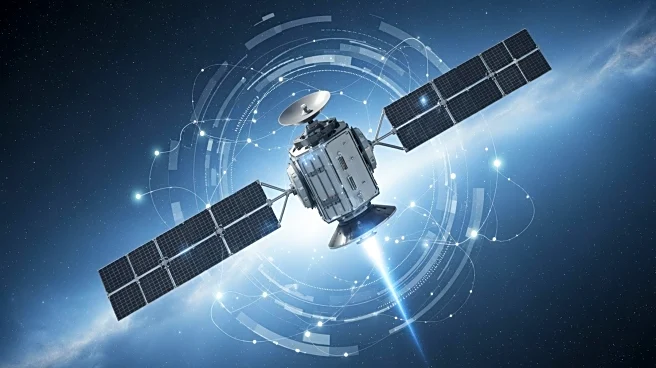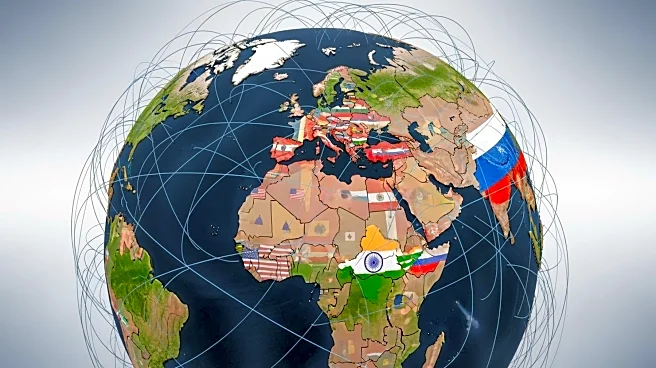What's Happening?
The market for self-healing polymers in aerospace applications is projected to grow significantly, with a compound annual growth rate of 13.3% from 2024 to 2031. These polymers are designed to autonomously
repair microfaults and other damages in polymer matrices used in airframes and other aerospace components. The technology aims to enhance safety margins, reduce maintenance frequency, and lower life-cycle costs. The market is estimated to reach USD 420 million by 2031, driven by demand in commercial aviation, defense, and space sectors. Recent technological advancements include biologically inspired self-repair concepts and compatibility with thermoplastic composites, which are moving closer to certification-grade use.
Why It's Important?
The growth of self-healing polymers in aerospace is significant as it addresses critical issues such as maintenance costs and safety in aviation. By reducing the need for frequent inspections and repairs, these materials can extend the service life of aircraft components, offering economic benefits to airlines and defense sectors. The technology also promises to improve damage tolerance, which is crucial for high-value defense and space platforms. As the aerospace industry seeks to enhance efficiency and safety, self-healing polymers represent a promising solution that could lead to widespread adoption and innovation in material science.
What's Next?
The next steps involve further research and development to achieve full certification for primary structural applications. Near-term commercialization is expected in secondary structures, coatings, and maintenance repair systems. Asia, particularly China and India, is emerging as a key region for manufacturing scale-up and adoption due to growing fleet sizes and active R&D. Companies are likely to focus on partnerships with aerospace OEMs and MRO networks to accelerate real-world testing and create reference fleets. The industry will need to overcome challenges related to technical scalability and certification to fully realize the potential of self-healing polymers.
Beyond the Headlines
The development of self-healing polymers could lead to long-term shifts in aerospace material standards, potentially setting new benchmarks for durability and maintenance efficiency. Ethical considerations may arise regarding the environmental impact of manufacturing these advanced materials, prompting further research into sustainable production methods. Additionally, the integration of biohybrid pathways into aerospace systems could open new avenues for interdisciplinary collaboration between material science and biotechnology.













